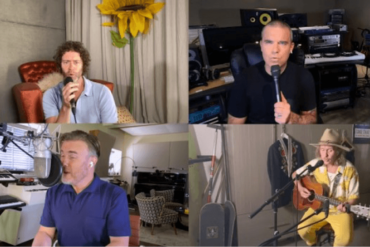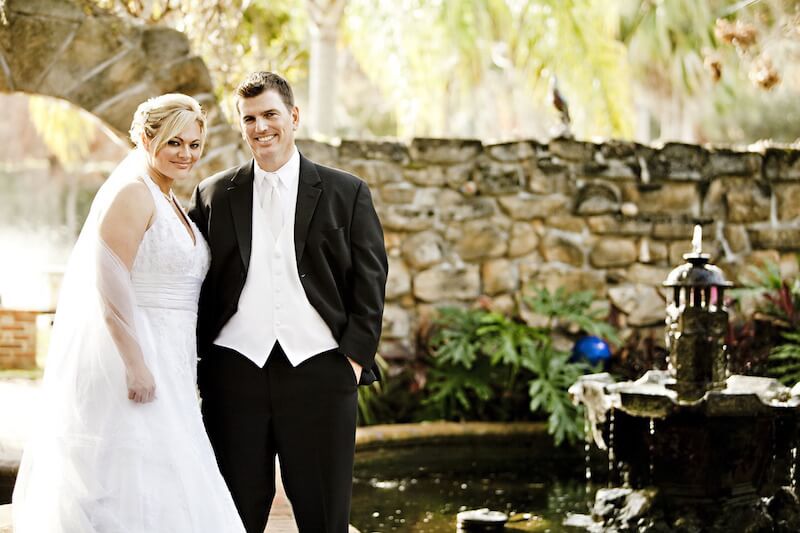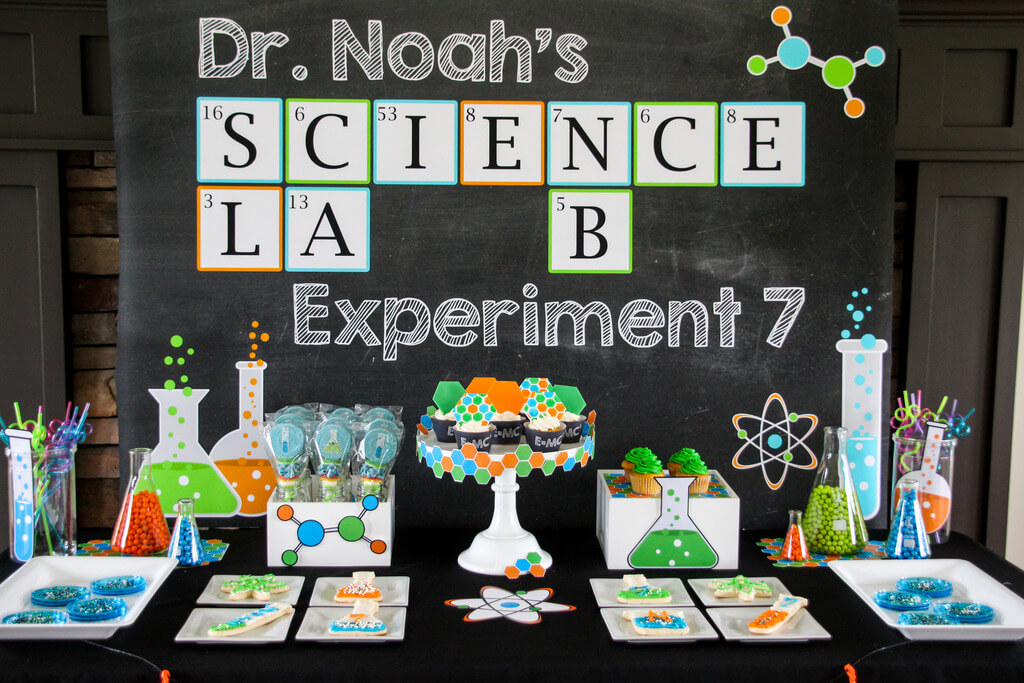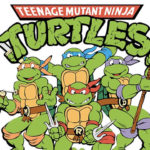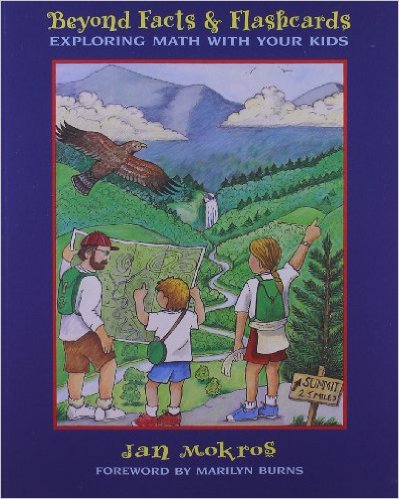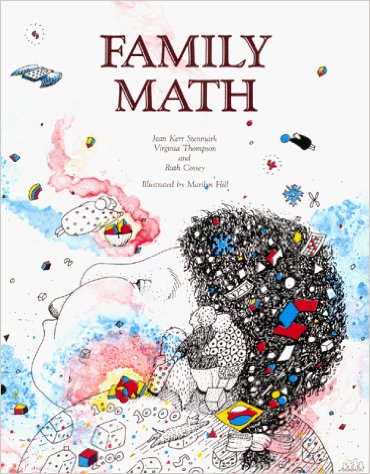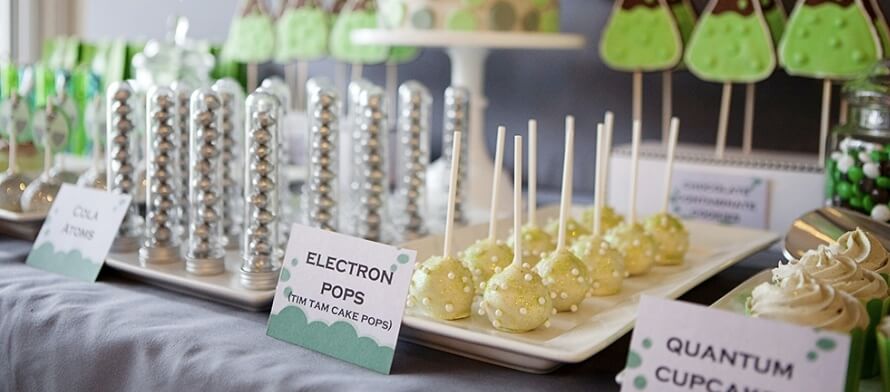
Planning and executing a science birthday party for kids can be a difficult task for some parents. But we’ve got you covered here. We have some great ideas as well as projects from other bloggers from the blogosphere.
A Mad Scientist’s Blast
It’s a simple experiment. Can you combine your child’s upcoming birthday party with his passion (fueled by Harry Potter, of course!) for mixing potions? We decided to concoct a kooky chemistry party. Read on to see how we proved our theory: silly science can be serious fun!
Getting The Look
As the budding scientists arrive, you can spike their hair, absent-minded-genius-style. (Albert Einstein’s do may have come naturally, but you can use styling mousse.) The boys tell each other, “You really look like a crazy scientist!” They can also don rubber gloves and inexpensive safety goggles. This cool gear was theirs to take home at party’s end.
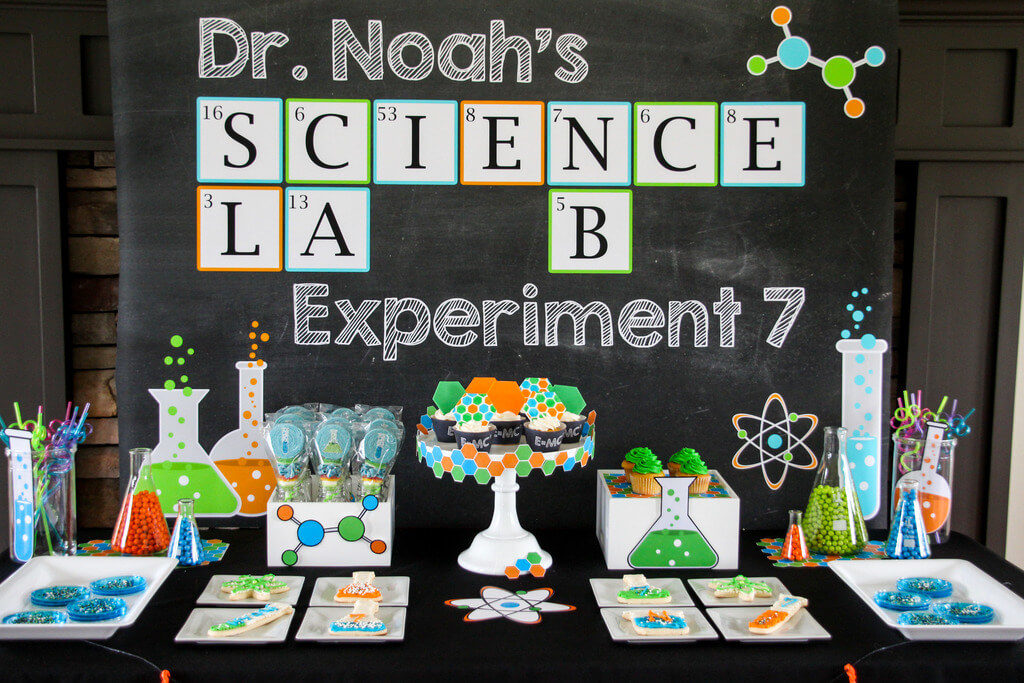
Lab Prep
You can transform your kitchen into science-party central by covering the table with a plastic cloth, then setting out a variety of glass jars, vases and pitchers, ingredients, and measuring tools for mixing potions. The kitchen lab serves as the perfect petri dish for combining science-themed experiments and plain old fun. The party is really budget-friendly since you already have on hand most of the ingredients, staples such as food coloring, vinegar, baking soda, dishwashing soap, and milk.
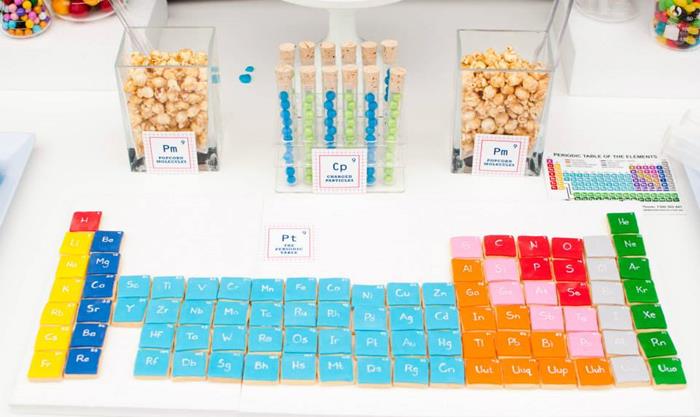
Extreme Treats For Chemistry Party
Finally, for the sweetest science project, each guest can mix food coloring into a bowl of frosting, creating his own “magic goop” for cupcake decorating. The project may turn into a contest to see who could create the ugliest color. Of course, all the boys end up with dark brown.
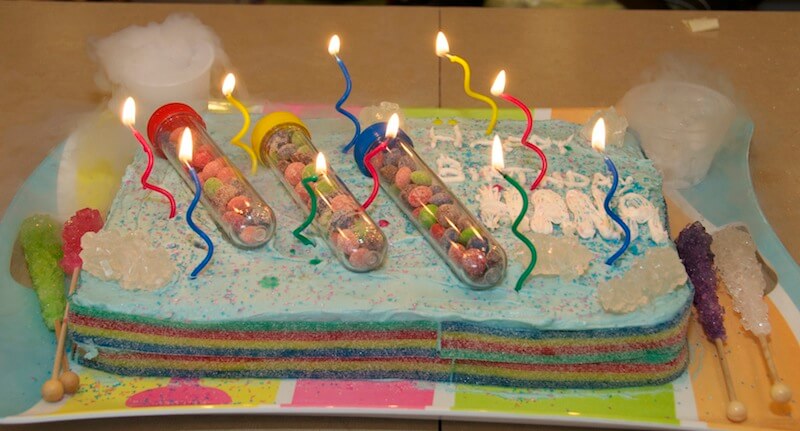
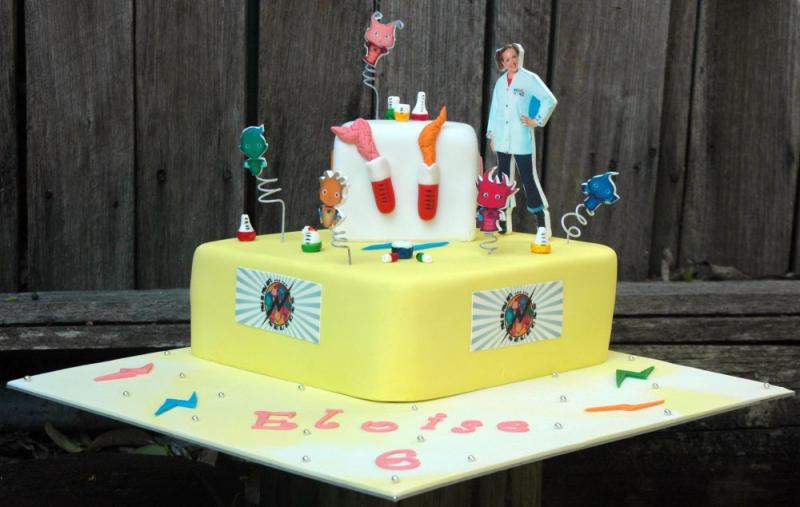
Still, the goopy cupcakes are devoured, and by the time the last wild-haired scientist head out with his take-home lab equipment, you may bet the party will be a mad success.
Potion Power
Give the mad scientists plenty of time to delve into kitchen chemistry. They will have a ball working with all the ingredients. They will call the vinegar “stinky” and the baking soda “magic powder.” You may show them how to do some basic experiments, but they will love making up their own potions.
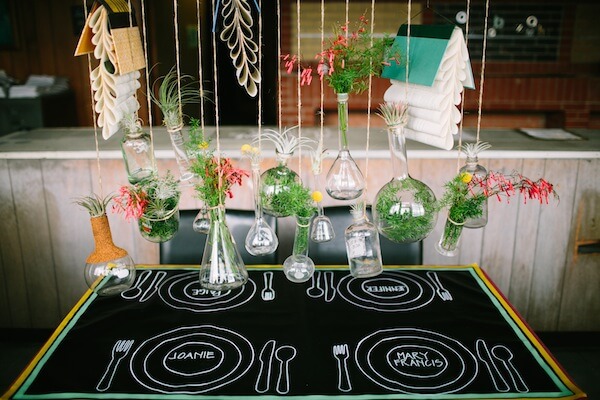
Math Made Easy: Math Party Ideas For Kids
It was the middle of her third-grade year, and my daughter couldn’t recite the time’s tables. Her class seemed to be working endlessly on addition and subtraction with a smattering of multiplication using bunches of dots, little rods, and word problems. I read the school’s literature concerning “hands-on” learning, but I still thought the kids were playing too much and learning too little. I voiced my concerns to other parents and found I wasn’t alone.
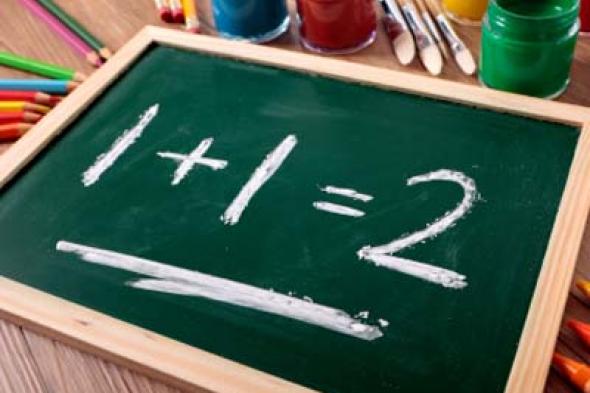 One dad went to his child’s Open House and found “2+3 = 5” written on the chalkboard with a big “X” through it. “We don’t teach math like this,” the teacher said. The man promptly transferred his child to another school. I also heard that fistfights had actually broken out between parents who were educational traditionalists and others who wanted a more progressive approach. So what’s a parent with this kind of “math anxiety” to do? I started by talking to my daughter’s teacher.
One dad went to his child’s Open House and found “2+3 = 5” written on the chalkboard with a big “X” through it. “We don’t teach math like this,” the teacher said. The man promptly transferred his child to another school. I also heard that fistfights had actually broken out between parents who were educational traditionalists and others who wanted a more progressive approach. So what’s a parent with this kind of “math anxiety” to do? I started by talking to my daughter’s teacher.
“Should we do flash cards?” I asked.
“If you want to,” her teacher replied. “But you might try family math. Maybe games.” Games? This did not reassure me.
I investigated family math, however, and discovered a whole new way of looking at math. Family math offered the opportunity to help my kids master math in a friendly and unintimidating way.
Curing Math Phobia With Cleverly Organized Parties
“As long as we adhere to outdated beliefs about mathematics as a collection of definitions and procedures, our children will continue to fail,” Jan Mokros writes in BEYOND FACTS AND FLASHCARDS: EXPLORING MATH WITH YOUR KIDS. According to Mokros, a developmental psychologist, and director of a math center in Cambridge, Massachusetts, we need to find a new understanding of math competency and support it in the same manner as we do our children’s literacy.
Most parents have been told that to help their children become readers and succeed at learning, they must read to them. Mokros and other educators make the same claim for math: For our children to become mathematically literate, we must show them the math in our everyday lives.
Making Sense Of Things
Educators stress that math is not merely arithmetic, nor is it just complex equations with Greek symbols. Rather, math is a way of making sense of things; it’s a form of problem-solving and it’s a part of nearly everything we do. Math is used for estimation, spatial thinking, patterning, time and money, measurement, probability, and interpreting data. Finding the mathematical answers to situations in our lives can be as exciting for a child as a mystery game or a detective story.
Yet according to Marilyn Burns, a pioneering math educator in Sausalito, California, more than 70% of our population says they fear math, a self-diagnosed math phobia. Burns says that’s because we think of math as work, an unpleasant chore, like balancing a checkbook. So we must first rethink math for ourselves and not pass any distaste, however subtle, on to our children. (“Oh, go ask your father, he’s better at it than I am.”)
Have Fun With Kids
Next, we must show kids the opportunities for using math at home and make it a priority, like reading to our children at bedtime. BEYOND FACTS AND FLASHCARDS shows lots of ways to make this happen and each activity is grouped according to age.
In one section, Mokros shows all the ways math is used by a family with a 6-year-old and a 10-year-old during one typical Saturday. The family counts money saved using coupons at the supermarket, adds up gymnastics scores, measures, and cooks, and plays Monopoly. In all of these activities, the challenge and enjoyment of mathematics come from doing it, from figuring out strategies for solutions. Using this method, parents act as guides, not as experts or teachers.
Family Math Games For Science Themed Birthday Party
One New York City mother I know plays Estimation. She’ll begin the housekeeping with her children by saying, “Guess how many jackets there are all over the floor?” or, “How many unmatched socks do you think we’ll have after we match them all up?” Does it work? “It definitely gets them started,” she says.
A dad I know in Rochester, New York, worked with his two sons, ages 6 and 7, to make a garden. They chose the seeds, counted them out, decided where each would go and, in the end, ate what they grew. “Most of their math work came in the equity thing,” the dad told me, “they made sure one of them didn’t get more seeds than the other!”
I can attest that, “Guess how many minutes until the waiter brings the food?” works as a math and that it’s equally fun for a 3-year-old as an 8-year-old. (My daughter guesses haphazardly but enjoys it nonetheless; sometimes she’s even right.) When the crackers for the soup come, I ask my daughter to divide them up evenly among us. She figured it out. It’s surprising how many everyday opportunities exist to teach math that is fun and productive.
Math Party For Kids
More focused methods include FAMILY MATH, a program, and book by the University of California at Berkeley. The university conducts workshop all over the country to get parents and children to start doing math together. The book includes loads of games to play and explains the skills developed. Many teachers use the book in their classrooms, and I know one woman who ran a well-attended after-school club based on it.
Older children can direct themselves using books such as Burns’ THE I HATE MATHEMATICS BOOK. Burns writes about ice-cream parlor research (to study combinations), sidewalk-crack hypotheses, and getting parents to pay kids to do dishes (a little knowledge can be a dangerous thing!).
Americans in the Middle
Developing a sense of enthusiasm and awareness of math concepts is the best way parents and teachers can help children. The change from traditional, fact-based math to more strategy-based math is beginning to be reflected in American classrooms, but it can’t happen fast enough.
The Department of Education’s THIRD INTERNATIONAL MATHEMATICS AND SCIENCE STUDY, which surveyed more than a half-million students in 41 countries, found the United States smack in the middle regarding math achievement. It characterized U.S. math education as “a mile wide and an inch deep.” Those countries where students outperformed the U.S., such as Japan, Singapore, Korea, Hungary and the Czech Republic, use a more conceptual model of math instruction which allows students to develop math strategies rather than using memorization and drills. The students also work in small groups that require them to communicate their thinking to others.
In the best schools, children are not only expected to learn the time tables, but they’re also expected to understand them as well. As in Japan, the theory is that if you don’t know the concept, you won’t advance very far by memorization alone. Mokros notes that children who learn the concept as a prelude to the fact tend to give up speed, at least in the beginning. So parents might have to be willing to wait until the fourth grade for children to memorize the kind of math facts they used to know in the third.
Books For Families
The problem comes when schools and teachers, in an awkward transition toward these new trends, fail to communicate this teaching method to parents. Parents, then, don’t always know how to support their children or how to assess their progress. Resources like BEYOND FACTS AND FLASHCARDS and FAMILY MATH, however, can help.
Beyond Facts & Flashcards: Exploring Math with Your Kids By Jan Mokros, published by Heinemann, 1996
Family Math By Jean Kerr Stenmark by University of California Regents, 1986
Best Practices
Regardless of how it is taught, our children need proper mathematics training to thrive in a workforce where, though machines do most of the computation, individuals must interpret and manipulate ever-increasing amounts of data and information. In the years to come in this country, where we seem to be moving away from a manufacturing and industry-based economy, and towards the information and computer age, math skills will become more and more essential.
As for my daughter, she eventually did learn her time tables. It was slow going at first: To get 6 times 3, she would multiply 6 times 2 in her head and then add 6, or she would draw an array of dots. Eventually, she understood what the problem meant, and her different methods of arriving at an answer, in the end, seemed more stable that just knowing how to repeat the timetables. One day a problem came up and, in her words, “The answer just appeared in my head.” She owned the process, and it didn’t seem like work at all.
Once you get the hang of it, a little imagination is all you need to do math at home with your children. In the meantime, it doesn’t hurt to have a guide. Here are three commonly recommended by mothers.
Math Party Materials
Among the things you might find useful to have at home are counters, counting cubes and rods, measures, pattern blocks, scales, a thermometer, play money, a stopwatch, and a calculator, just to name just a few.
Comet Toss Game
Young space invaders will want to try their hands at this cosmic (and child-friendly) update of old-fashioned darts. This is perfect for a science themed birthday party.
Crater Cake
This moon is definitely not made of green cheese! In fact, it’s a very kid-friendly baking project. Your little assistant will love crushing the cookies, mixing them into the frosting, and helping to create the moon’s surface (which needn’t be smooth or neat). If you use chocolate cake, any crumbs that end up in the frosting will blend right in.
Moon Shot
Snap a portrait of each guest peeking through the window of this spiffy rocket. After the party, send the kids’ copies of their photos as thank-you notes and fun mementos of their voyage into space.




